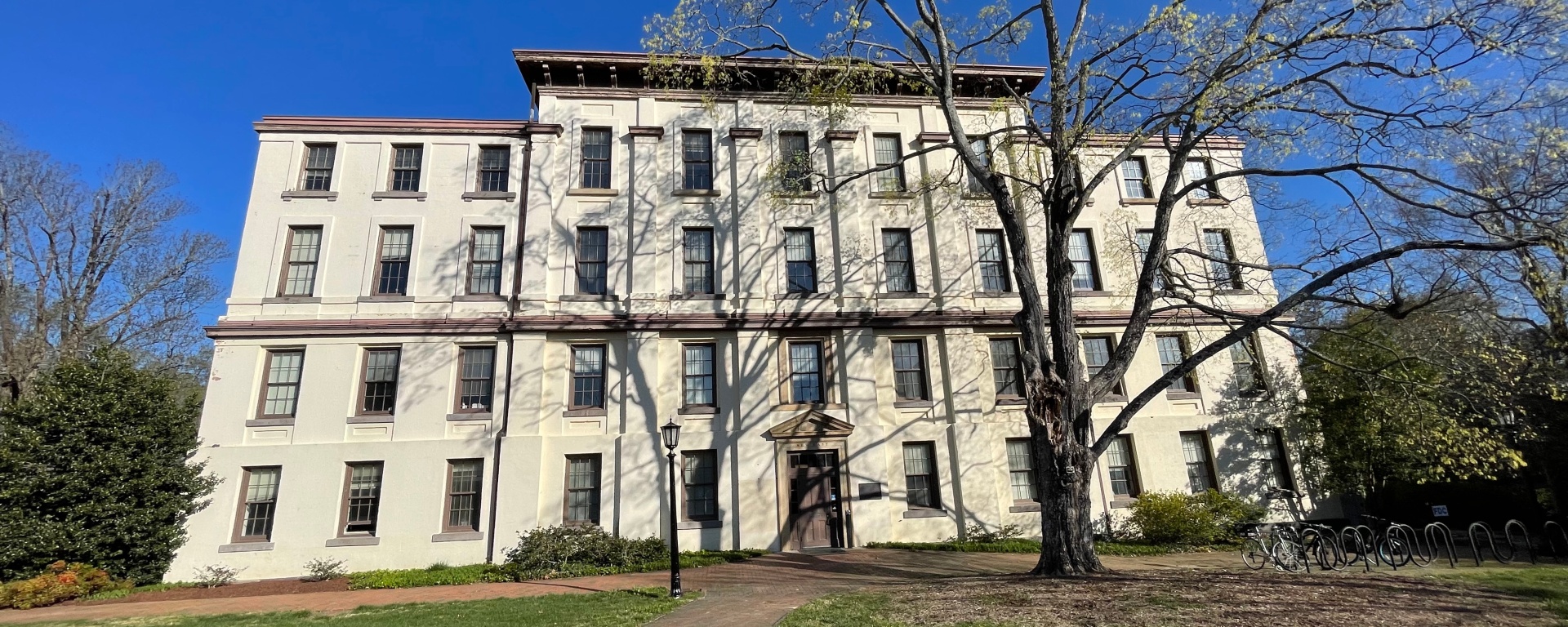By Sam Hayes
I love digging into the history of the built environment of places I live in. It enriches my understanding of the area, and gives me a greater appreciation for it. However, in any circumstance, I find that is only so much that you can learn from books and the internet, and the most helpful thing one can do is walk around and look at the buildings.
So, when was the last time you gazed up at a building? I encourage you to make it a habit to look up more frequently at buildings around you. I’m going to share some of the insights I gained as I explored UNC Chapel Hill’s campus, and I hope to inspire you to be more observant of the built environment around you.
Let’s begin with New East, which has housed the planning department for decades. Built in 1858, it originally served as a residence hall. When you gaze up at the building, your eyes might be drawn to the trim adorning the space between the second and third floors. In comparing New East to its sister building New West, the location of the trim is a giveaway to a key difference between the two buildings.
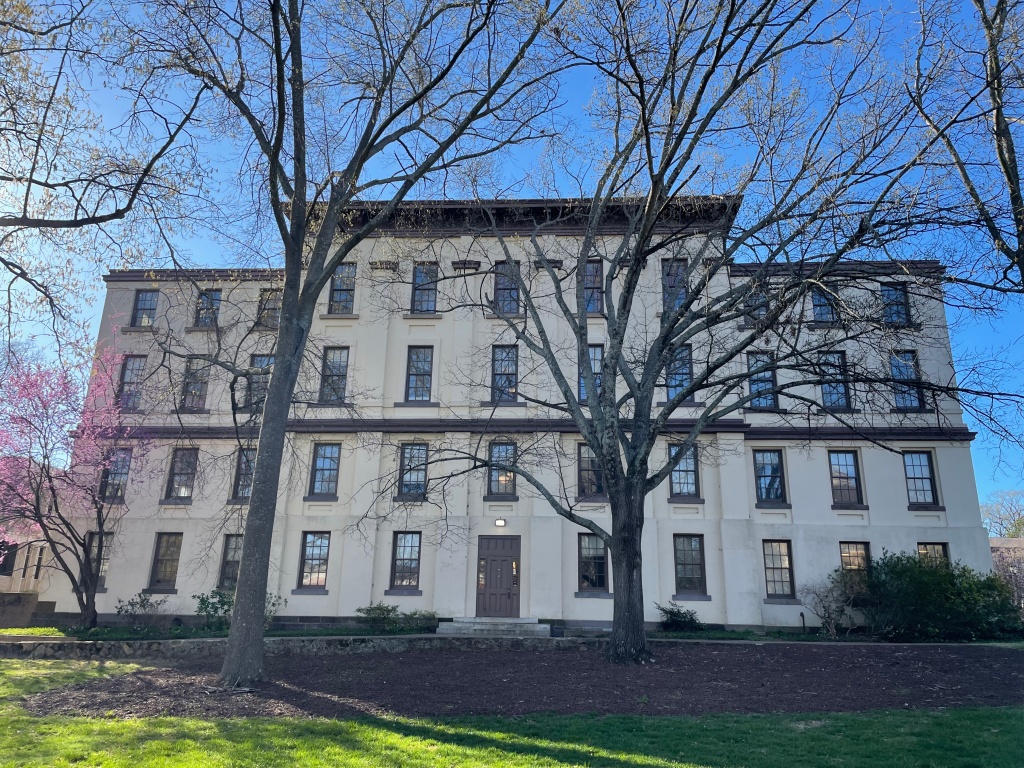
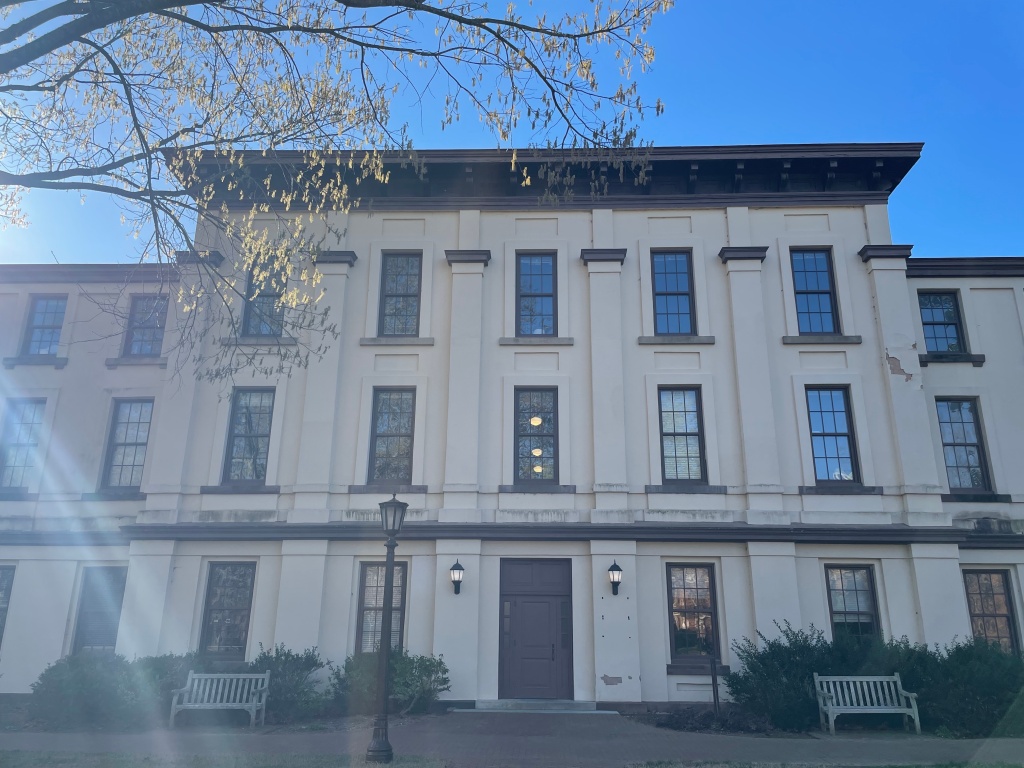
New East stands four stories tall, while New West is only three stories. However, this doesn’t signify superiority or greater importance. Instead, it reflects the historical context when the buildings were constructed and the pursuit for symmetry on either side of campus. Due to Chapel Hill’s sloping topography, New East needed an additional level to appear symmetrical to New West.
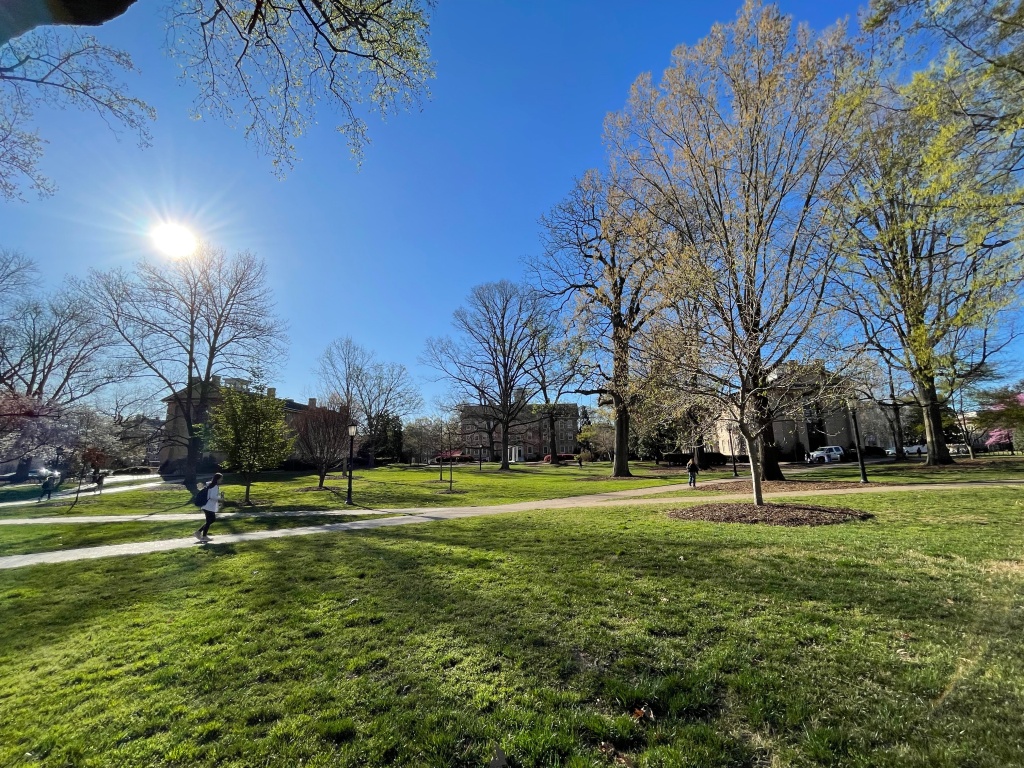
Continue your upward gaze at New East, and you’ll spot brackets positioned directly beneath the roofline. These brackets serve as a distinct feature of the Italianate architectural style in which the building is designed. Another characteristic giveaway is the low-pitched roof crowned with a cupola. The cupola would have also been functional at the time of construction since there was no air conditioning in the building, a feature that has thankfully been installed.
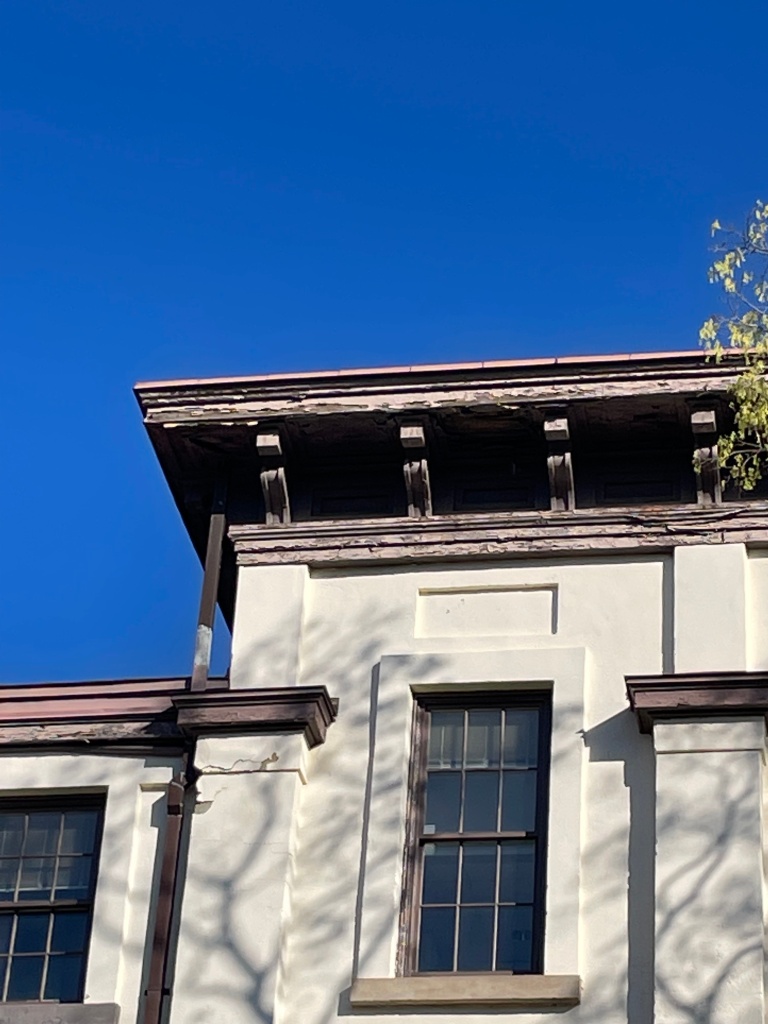
New East also harbors a secret. Several years ago, a paint analysis was done on the building to determine the original color it would have been painted when it was first constructed – a surprising shade of pink! Though it was briefly restored to its original color, it was so jarring to people that when it came time to repaint, it was returned to the creamy white that it is today. The only hint of the pink it used to be is a small patch of pink under exterior lights on the side of the building.
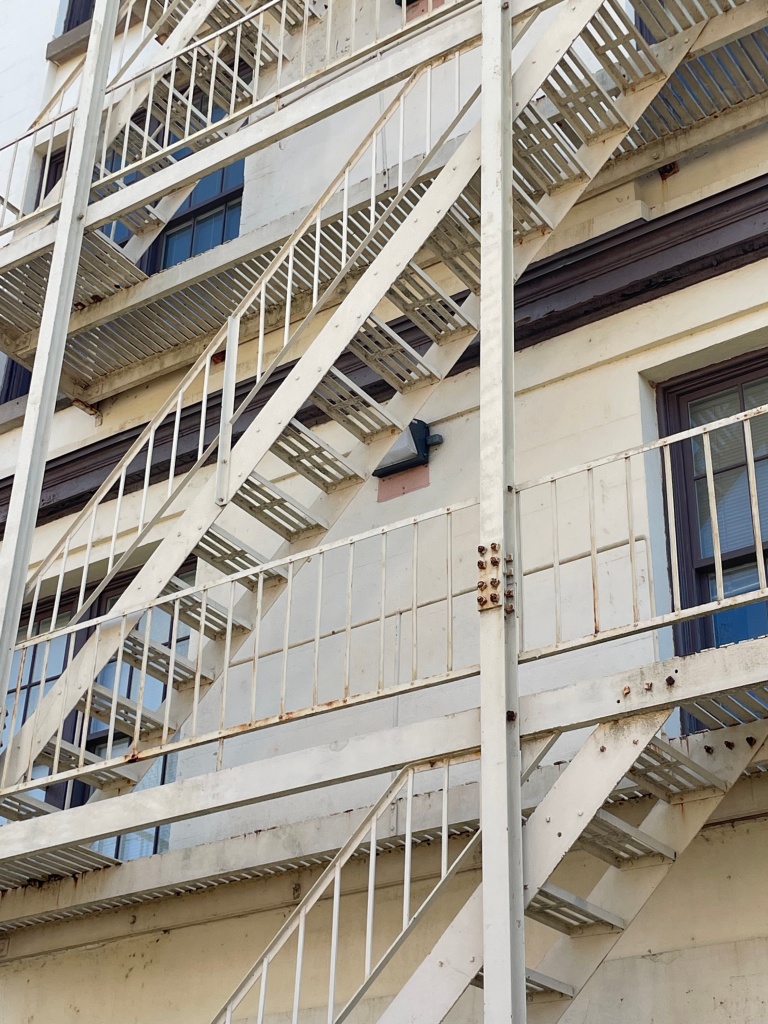
I encourage you to look up a little bit more and think about why buildings are the way they are. In my next post, I will talk about some other hidden features around campus that you may have never noticed before.

Sam Hayes is a second-year master’s student in the City and Regional Planning program at the University of North Carolina, Chapel Hill. At UNC-CH, he specializes in housing and community development with an emphasis on how historic preservation can be used as an anti-gentrification tactic in changing communities. Sam loves hiking, reading, and spending time exploring cool historic buildings. When not in Chapel Hill, you will probably find Sam in Hendersonville, NC with his boyfriend Kane, dog Canyon, and cat Lucille.
Featured image courtesy of Sam Hayes

